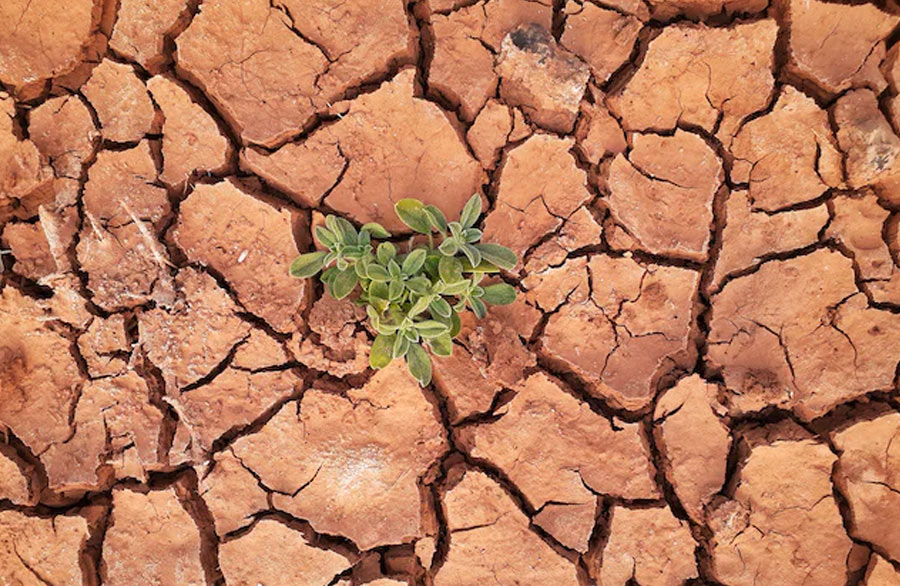The Water Crisis in Guanajuato
MXN $500
Instructors: Dylan Terrell and Staff of Caminos de Agua
February 6 & 8 1-3 p.m.
The Alto Río Laja Watershed stretches across seven municipalities in northern Guanajuato State in Central Mexico. Ninety-nine percent of the water consumed in this region comes from a large underground reservoir known as the Alto Río Laja Aquifer, which serves several thousand distinct communities – including San Miguel de Allende. The aquifer supplies water to over 700,000 residents. Our aquifer is declining at an alarming rate, over 1 meter per year on average and as high as 3 meters per year. The underground water that remains is contaminated with arsenic and fluoride – up to 23 times World Health Organization recommendations and official Mexican limits. These contaminants are incredibly difficult to remove from water supplies and are associated with numerous impacts on health, including developmental disabilities in children, skin disease, dental and crippling skeletal fluorosis, chronic kidney disease, and even several types of cancer.
This course will look at the water crisis and some effective responses to it as well as actions we can all take in our own homes. It will be taught by the founder and staff of Caminos de Agua, a highly respected non-profit working in our region on the water crisis.
Dylan Terrell is the Founder and Executive Director of Caminos de Agua. He is a member of the Ashoka Fellowship Network and oversees all of Caminos’ programming. He focuses much of his time on institutional collaborations, public policy initiatives, and coalition building. In the early years, he helped build and coordinate many of Caminos’ core programs, including water quality monitoring, technology development, rainwater harvesting, education, and other community projects. Members of the Caminos staff will assist in teaching this class.
